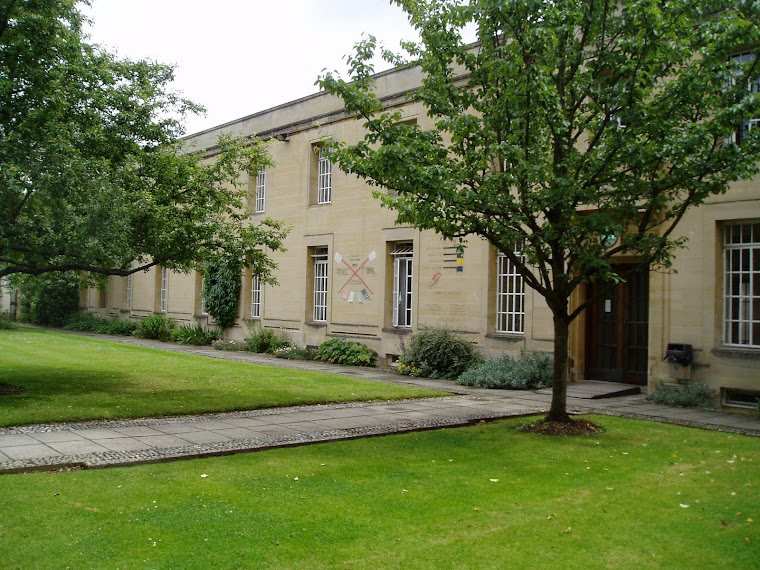I am truly fascinated by the theological term perichoresis. Some associate it with a divine dance of mutual love in the Trinity. It was something of a buzz word when I was studying for a Master of Theology degree at Oxford and beloved by Professor Paul Fiddes. It is interesting that his book Participating in God: a pastoral doctrine of the Trinity uses the term over thirty times and one edition of the book has on the front cover a painting by Henri Matisse of a group of dancing naked females. In the Middle Ages perichoresis became linked with the image of a divine dance, as Fiddes points out. Fiddes argues that the image of the perichoresis of the Trinity as movements in a dance - not as a group of dancers - accords well with the identification of the divine persons as relations.
I understand perichoresis to refer to the mutual indwelling and interpenetration in the Trinity. Apparently perichoresis was originally used by the Stoics and meant interpenetration. It has been traced back in Christian theology to the Cappodocian Fathers in the fourth century. Its trinitarian roots go back to Pseudo Cyril and John of Damascus and they both used the term to emphasize reciprocity and exchange in the mutual indwelling and penetration of the Trinity.
Monday, 7 December 2009
Perichoresis
Subscribe to:
Posts (Atom)
Dedham

River Stour
































































































































